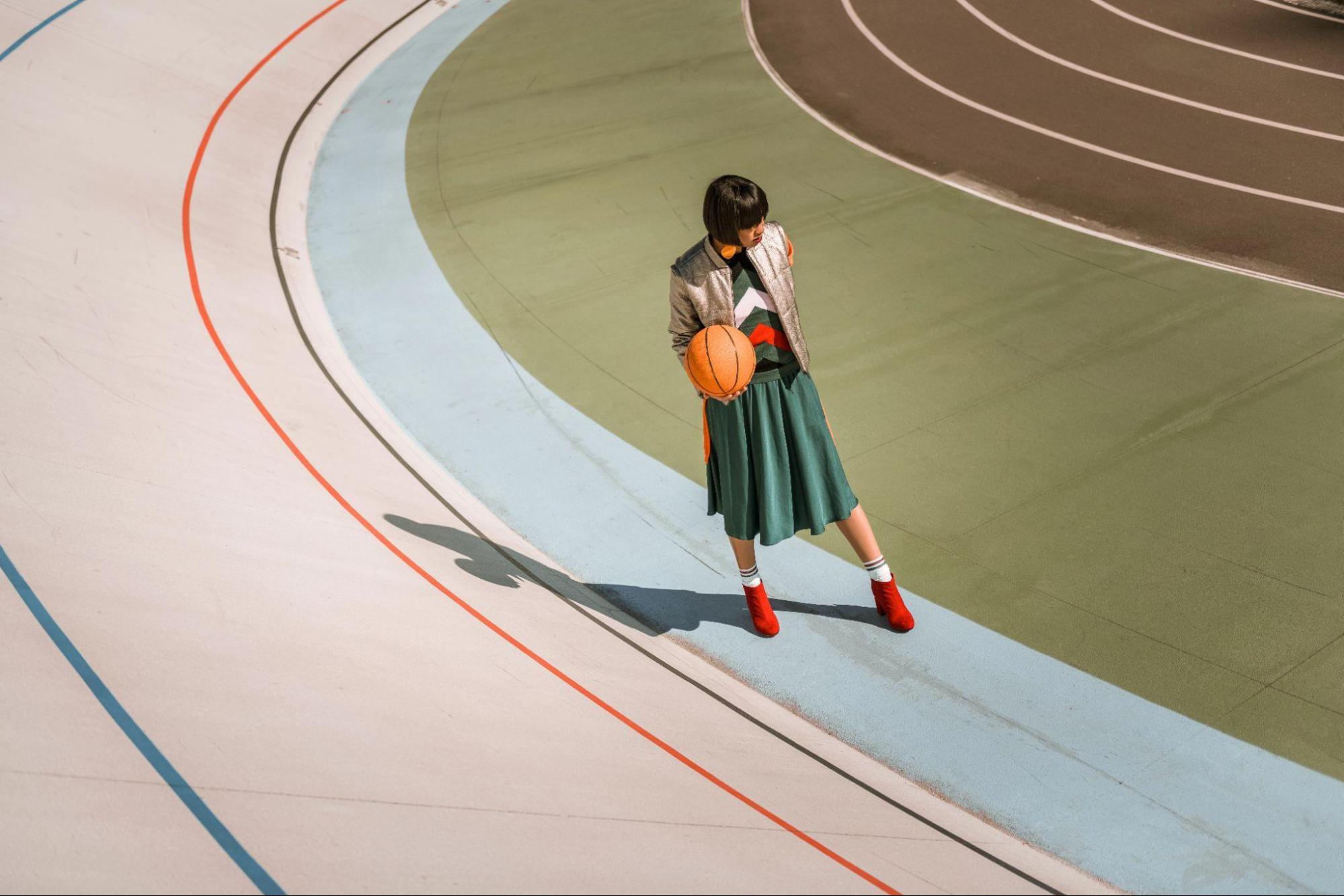When it comes to purchasing legal visual assets, such as royalty-free stock images, people often get confused about the terminology and its actual meaning. That’s because royalties are not unique to the stock image industry; they can be used in publishing, music, and other creative industries as well.
This article aims to clarify the concept of royalty-free images, as well as explain their benefits and provide sources for where to find the best stock imagery. Keep reading to learn why it’s a good idea to invest in royalty-free assets for your creative projects.
What are royalty-free stock images?

To begin, let’s define royalties. Royalties are fees paid to the creator of a work (photo, video, music track, book, etc.) for each use or reproduction of that work. In the context of stock images, royalty-free means that once you purchase the image, you can use it multiple times without having to pay additional fees.
Understanding royalty-free images, what they are, their advantages, and where to find them, can greatly enhance your visual content, especially when selecting visuals that align with the best colors for headshots. Using high-quality, properly licensed images ensures both professionalism and legal safety.
The benefits of purchasing royalty-free stock photos online
Stock content, such as royalty-free images, vectors, illustrations, videos, and music files, can be a great solution for both businesses and bedroom creators (amateur artists who use their home as a studio). Let’s find out why below:
- Stock imagery is a cost-effective alternative to hiring a professional photographer or illustrator for every project;
- By purchasing royalty-free photos, you gain the legal right to reuse the assets in many projects;
- Once you purchase an image, you have no time constraints on when you can use it;
- Stock content marketplaces care about the quality of their assets, so you can be sure that you are getting high-quality visuals for your projects;
- Stock content platforms give you access to millions of authentic and diverse images in one place, saving you valuable time;
- Stock content websites often offer resources, such as thematic collections, curated galleries, and trend reports, to facilitate image search;
- Research shows that stock photos make up 34% of visual content used by marketing professionals, proving the usability and effectiveness of stock content.

How to find the best stock images for your project
1. Determine the type of images you need
Every project starts with an idea, concept, or vision. It helps to develop a clear understanding of the visual style or aesthetic that will best complement this project. If you don’t have a vision yet, take some time to gather inspiration. This way, you’ll be more efficient when looking for the best places for stock images.
Platforms like Pinterest, Behance, Dribbble, and Awwwards, as well as periodicals like Dezeen, It’s Nice That, and Creative Boom are great places to find visual inspiration. However, you can also look for creative trend reports from industry experts.
2. Find a reliable stock content provider
Stock content platforms differ in terms of content assortment, number of files, quality, pricing, user interface, and licensing options. Therefore, it’s important to find an image provider that fits your specific needs and budget. To do it right, identify key criteria for your search. This will help narrow down your options and choose the best platform.
Currently, the world’s largest stock content providers are Depositphotos, Alamy, Adobe Stock, and Shutterstock. However, when it comes to the best place to buy stock photos, Depositphotos is often considered a top choice.
Depositphotos is the cheapest large-scale stock photo site with over 300 million files, a user-friendly interface, advanced search filters, and a creative ecosystem that includes a blog, curated content collections, and AI-powered tools.
3. Explore all the platform features
Once you pick a platform to work with, make sure you are using all of its features. They are designed to make your search easier and more efficient. After all, every stock photo site is interested in you coming back for more.
For starters, pay attention to visual search. This feature allows users to upload a reference image to a platform and find similar images in their database based on color, style, and composition. Visual search can also be used to find the same picture on different stock content sites and compare prices and licensing options.
After that, explore the platform’s search filters. Large stock photo sites often have a wide range of advanced filters. As such, you can search for visuals based on image orientation, type, color, size, viewpoint, season, and number of people in the frame. Sometimes, users can also exclude certain keywords to narrow down search results.
4. Check out curated content

Stock photo sites often create collections of images that fit a certain theme, style, trend, or aesthetic. This way, they kill two birds with one stone. The platform highlights the rich variety of visuals on offer, promoting both the content and its creators. At the same time, users get a chance to find the content they need faster without having to browse through unrelated images.
When searching through ready-made image galleries, keep in mind that all of the pictures have been handpicked, usually by someone with a good eye for quality and relevance. So, you can be sure that the images you come across will wow your customers.
5. Find your favorite content creators
The images you see on stock photo sites are created by real people who dedicate their time and talent to producing eye-catching visuals. If you find work you admire, search for more images by that content creator. There is a good chance you will use them in your projects as well.
Platforms like Depositphotos allow users to follow their favorite content creators and see their recent uploads. This makes it easy to stay up-to-date with their latest work and ensures you have access to the best images for your projects.
Final thoughts
It’s time to change people’s perception of stock photo sites; they are not just repositories of generic and uninspiring images. With the right approach, online stock photo sites can be a valuable resource for finding high-quality, authentic visuals that will elevate any project.
